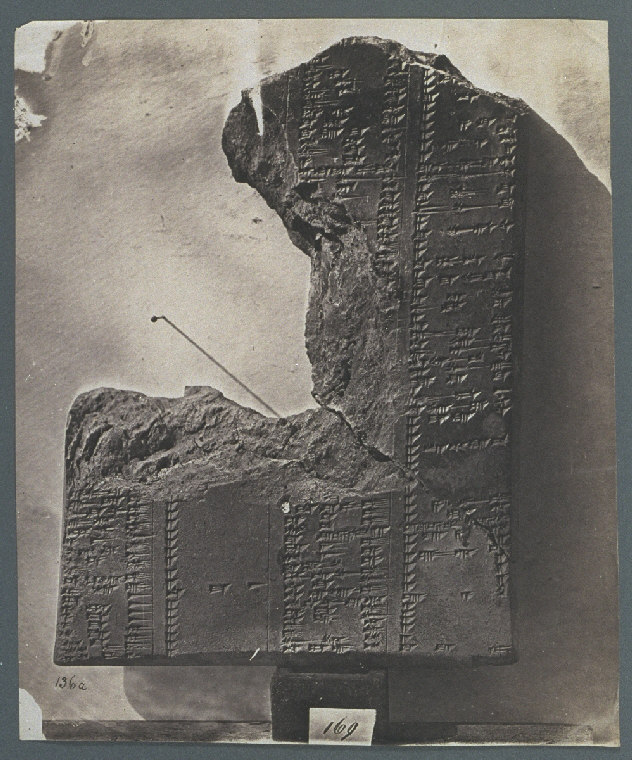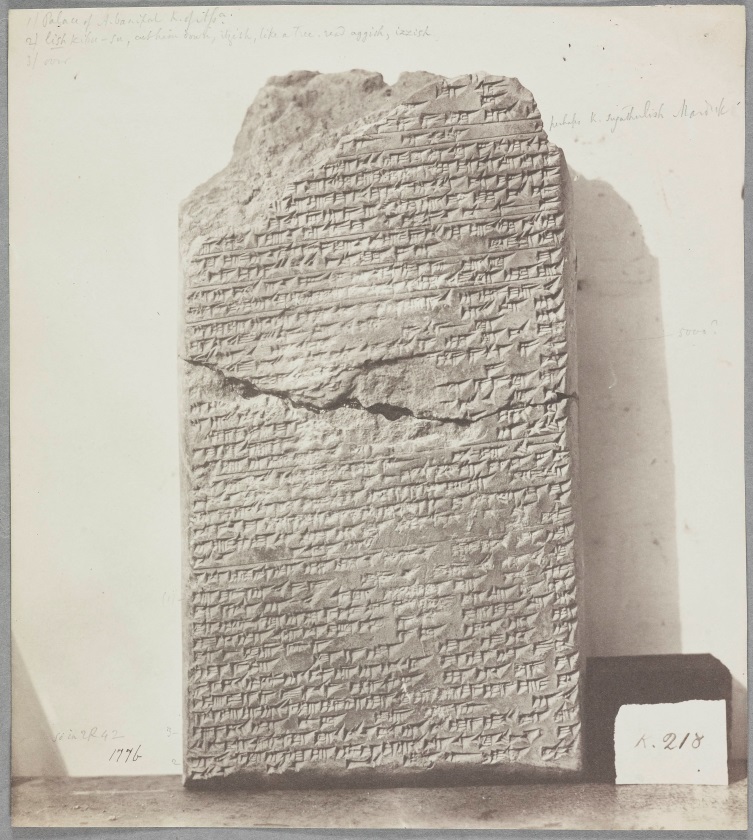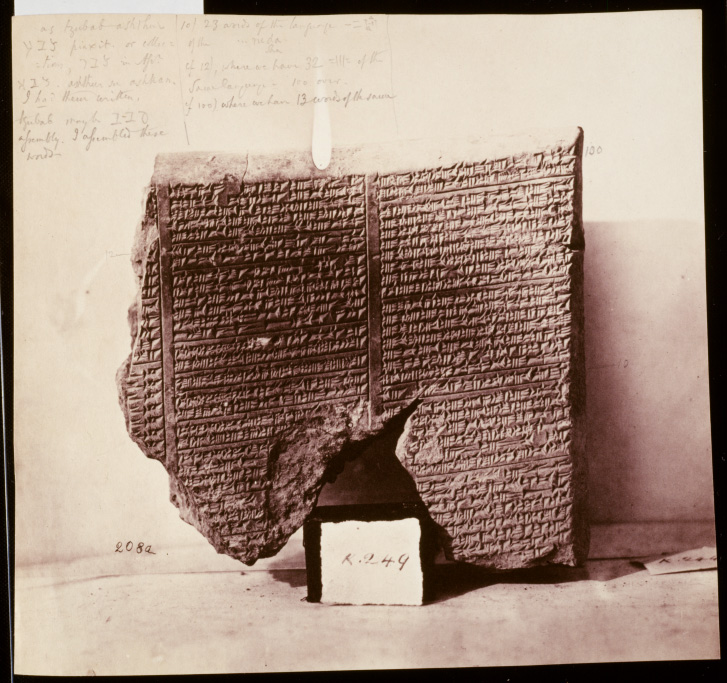As someone without a background in photography, film, television, or media, I often find myself mystified by the objects I deal with on a daily basis. However, I regularly come across material that no amount of expertise can prepare you for. In this series I’m going to highlight some of the weird and wonderful objects I come into contact with down here in the museum’s collection stores.
Photographing Ancient Artefacts
Photographs are a great tool for allowing increased access to museum collections. They provide a permanent record of objects, take up little space, and can be published online and in books for more people to see. Photography is often criticised, though, as being a poor representation of everything an object can embody. This post will briefly explore how photography techniques have developed when it comes to recording ancient artefacts, and the implications of using images as a stand-in for real objects.
In 1853 Roger Fenton, the famous British photographer, was asked to make photographic records of parts of the British Museum’s collections. These included some of their cuneiform tablets—clay blocks inscribed with one of the earliest forms of writing.

© Science Museum Group collection
However, photographing these kinds of tablets can be very difficult. The recessed nature of the ancient writing makes taking a legible image all but impossible. No matter the angle of the lighting, shadows persist in the image. So while they provide a record for the object’s existence in the collections, the photographs make reading the tablet a challenge. This is an issue that has persisted throughout the years even as photographic technology has developed.

© Science Museum Group collection

© Science Museum Group collection
This however began to change around 15 years ago with the development of Reflective Transformation Imaging. This process uses digital technology to take multiple photographs of an object with varied lighting, and combine them into one image. Using mathematical programs more information can be obtained from the combined photos than regular photography could capture. In fact, the mathematical nature of the computer can process and predict information about the surface of objects beyond what our own eyes can see.
Back in 2012 CHICC Manchester used these RTI techniques to photograph some of the cuneiform tablets from their collection. Their set up of a ‘dome’ of variable L.E.D lights provided the different lighting angles to produce their finished images of the tablets, which will eventually be viewable here.
The question now may be whether photography can replace the need to physically see the object ourselves. This is a big debate in the museum world, and is especially poignant for our institution and its vast photographic collections, some of which are too delicate for display. This isn’t a topic that can be handled in a small blog post, but it is worth bearing in mind as we increasingly have the potential to create better replicas that challenge the way we present our histories through museum objects.
A detailed explanation of RTI can be found at Cultural Heritage Imaging. For more information about CHICC Manchester’s project, see this post on their blog.